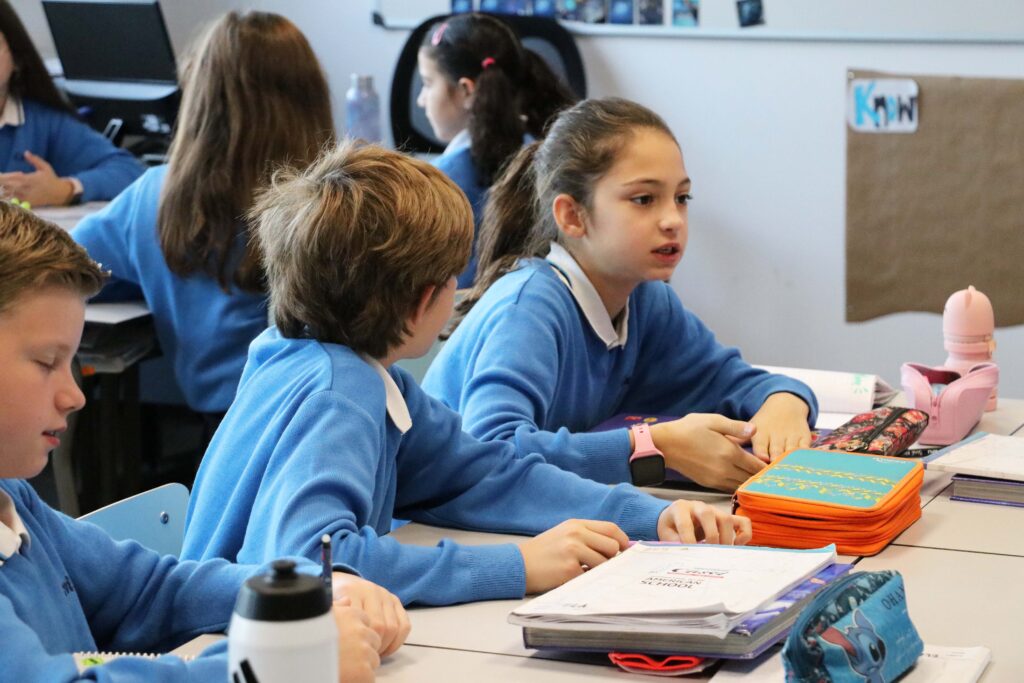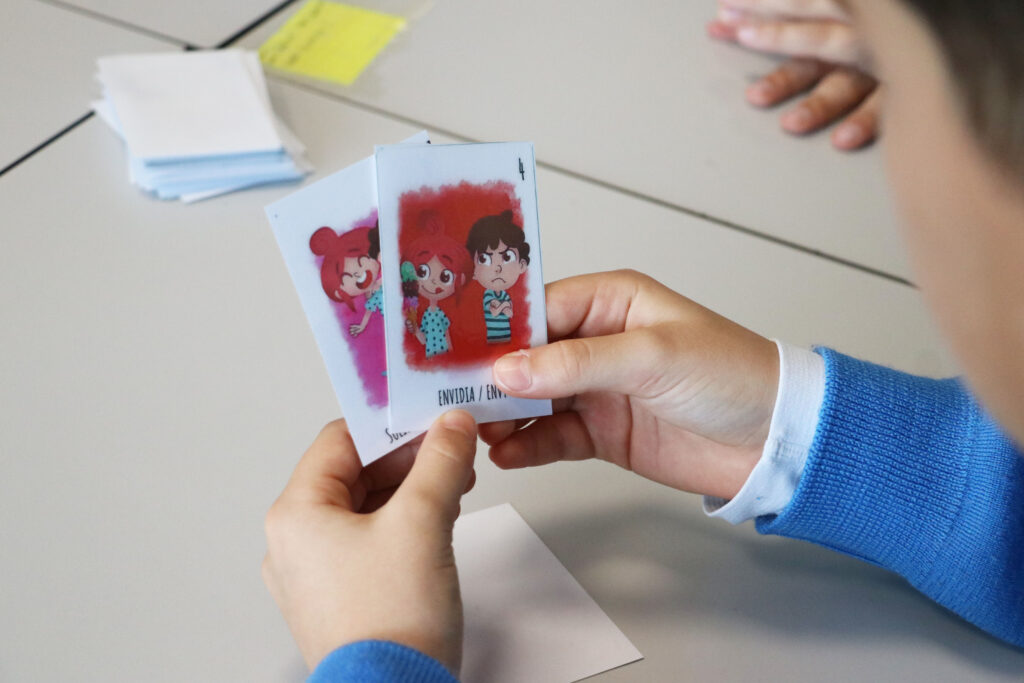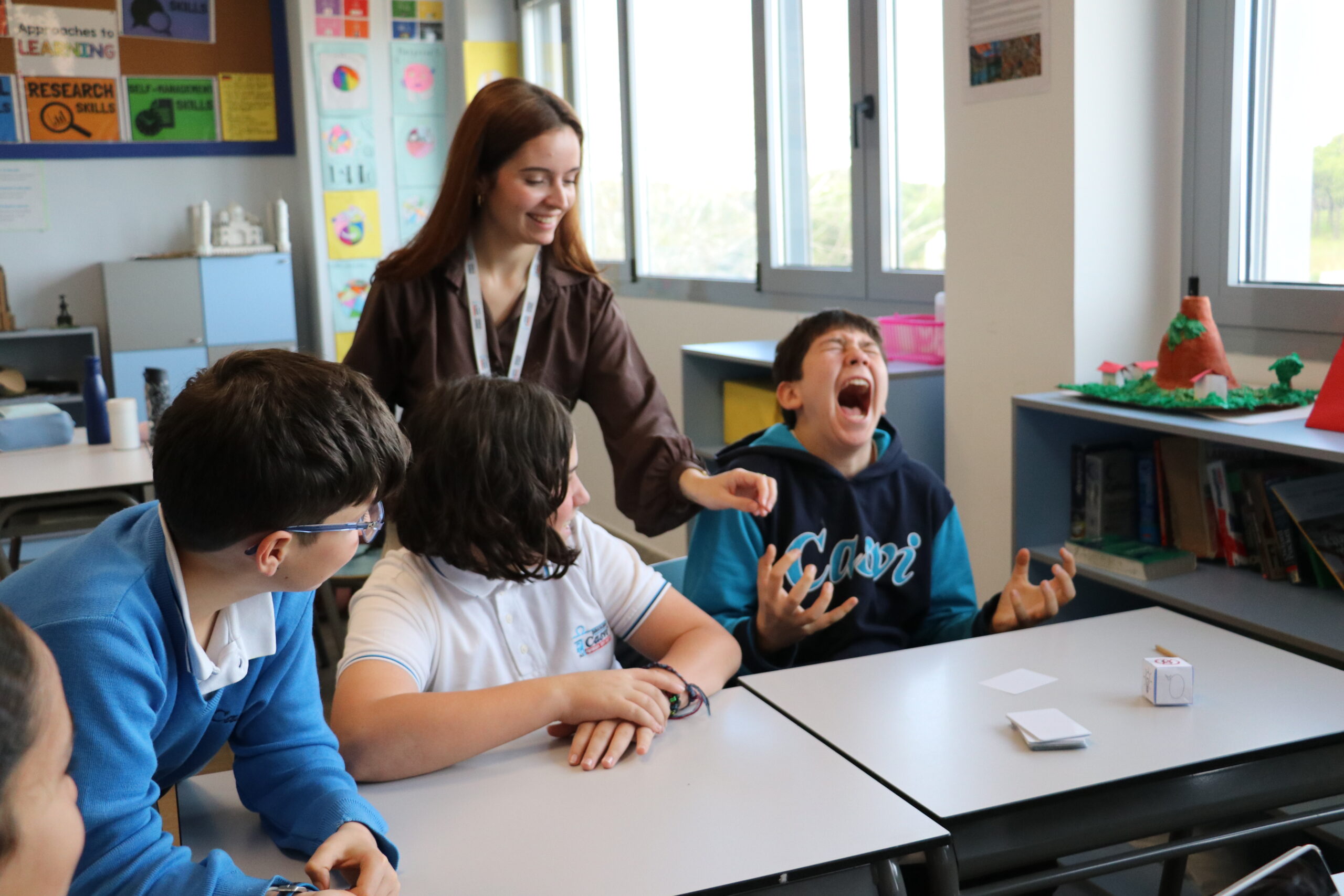One in five young people in Spain admits to feeling “serious anxiety-related difficulties”, according to Infocop. Anxiety has become one of the main concerns in the Spanish educational environment. This phenomenon responds, in part, to the high levels of stress derived from academic, social and family pressures. However, there are effective techniques for treating and managing stress and anxiety.
Main causes of stress in young people
According to the latest studies, this rate has increased significantly in the last decade. Among the causes that influence the well-being of students are the constant pressure to obtain good grades. Also, competition for university entrance and family financial difficulties.
Added to this is the Spanish educational system, where academic results and performance on exams are prioritized, thus contributing to a climate of constant pressure. In addition, the excessive use of social networks has become another source of stress. Most of these platforms show a distorted version of people’s lives, which generates in young people the need to compare themselves with others.
The impact of anxiety on academic performance
Students suffering from anxiety often have difficulty concentrating, thus hindering the learning process. In addition, memory, which can be affected by chronic stress, is severely impaired when young people are in a strong and prolonged block caused by fear of failure. This situation translates into a decrease in the quality of their academic performance.
In response to this fear of failure, students tend to procrastinate, causing a higher level of stress as the deadline approaches. This dynamic leads to a vicious cycle in which procrastination and stress feed back on each other, making it more difficult to escape from this negative spiral.


Stress management techniques
The first step in treating stress is to identify the underlying cause of the anxiety. Once we understand what is causing this discomfort, we can work on it more effectively.
To this end, we will provide students with tools to manage their emotions, offering them learning plans adapted to their individual needs. In addition, fostering the development of social skills and promoting a good coexistence in the classroom are key actions to reduce anxiety.
On the other hand, some techniques recommended by experts to reduce stress and anxiety are:
1. Foster positive interpersonal relationships
Create a safe and pleasant climate in the classroom (or at home) that facilitates interaction among students and avoids, above all, a sense of isolation.
2. Use relaxation techniques
Abdominal breathing or muscle relaxation helps to reduce tension in times of stress.
3. Practice mindfulness and yoga
Dedicating a few minutes of the day to meditation or practicing yoga postures is an excellent way to reduce the anxiety accumulated during the day.
4. Develop organizational and time management skills.
Encouraging good personal planning and organization allows for more efficient task management, which in turn reduces stress.
5. Adopt healthy habits
Implement healthy habits that have a positive impact on both physical and mental health.
6. Brief techniques for anxiety situations
Teach students quick strategies for coping with anxiety episodes. For example, implement positive thinking, perform cognitive distractions, or employ mental reorientation techniques to avoid negative thoughts.
Likewise, mental health professionals suggest the implementation of workshops that involve the whole class. This way, not only helps the student who is going through an episode of anxiety, but also promotes understanding among peers .
These workshops will allow all students to learn how to calm themselves and others in times of stress, fostering a more empathetic and collaborative environment within the classroom.
Learn more about our teaching methodology
The guidance department at Casvi International American School has been working on emotional intelligence and how to manage emotions since Kindergarten. For example, in the lower grades, the classrooms have a space dedicated to this task, “the corner of calm”. In the case of the upper grades, different activities are carried out to learn about emotions and how our body reacts to them.
If you want to know more about our guidance department, visit our website or contact us.


